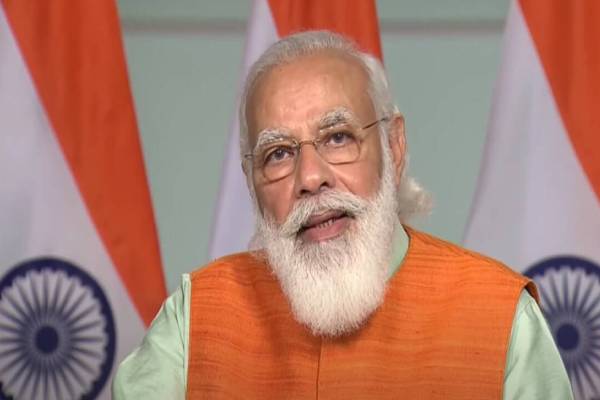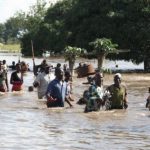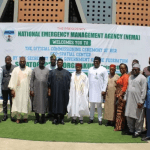India has launched a program to assist Small Island Developing States (Sids) in developing disaster-resistant and sustainable infrastructure in collaboration with other countries.
The goal is to improve their ability to withstand climate shocks while also safeguarding lives and livelihoods.
The Infrastructure for Resilient Island States (Iris) initiative was launched on the sidelines of the COP26 meeting on Tuesday . It is a collaboration between Sids and the Coalition for Disaster Resilient Infrastructure member countries (CDRI).
India launched the CDRI, which includes countries, UN agencies, multilateral development banks, and other stakeholders, at the UN Climate Action Summit in New York in September 2019.
The coalition currently has 28 member countries, including the United States, Germany, Fiji, Canada, Mauritius, the Maldives and Dominican Republic.
Indian Prime Minister Narendra Modi said at the Iris launch in Glasgow that it would make it easier for Sids to mobilize technology, finance, and information to better cope with climate change.
In attendance were his counterparts from the United Kingdom, Jamaica, Fiji, Mauritius, and Australia. While the Iris initiative will not be used to build infrastructure, it will help Sids incorporate climate resilience into current and future infrastructure development plans.
Climate change and rising sea levels are threatening the Sids, a group of 58 low-lying island nations. Barbados Prime Minister Mia Amor Mottley said at COP26 that if Sids are to survive, global average temperature rises must be limited to 1.5 degrees Celsius due to their high vulnerability to climate change.
While Britain has announced an initial £10 million (S$18.4 million) contribution to the fund, India and Australia have committed US$10 million each. Expected to be rolled out in the first half of 2022, the programme has budgeted US$50 million as of now for its activities until 2030.
As part of the Iris facility, the Indian Space Research Organisation (Isro) will build a “data window”, allowing Sids to receive information about cyclones and coastline monitoring. India’s coastline too has been vulnerable to natural disasters but it has over the years put together an effective system to mitigate the impact.













